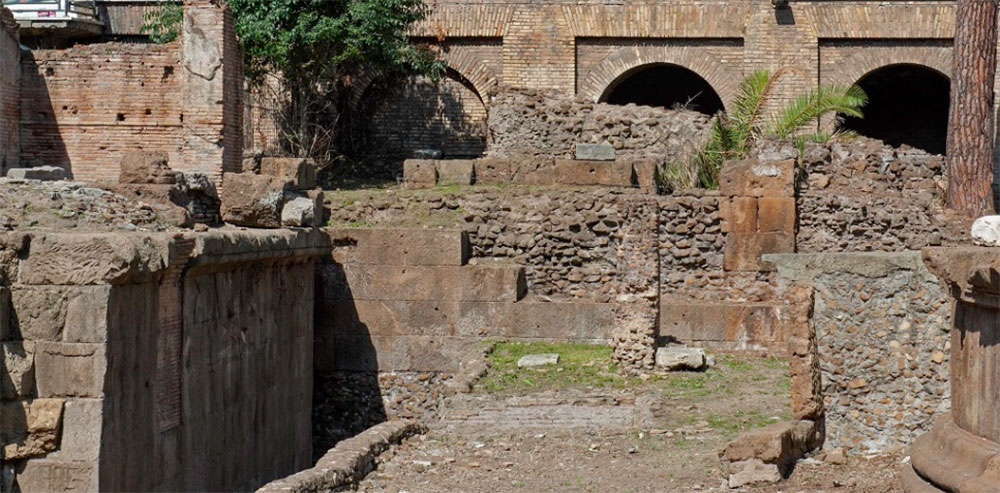The valuable support of the famous fashion house has made possible the reopening to the public of an important archaeological area, which you can visit without architectural barriers.
ROME – The Sacred Area of Largo Argentina in Rome is accessible to the public from June 20th again.
A new route, utterly free of architectural barriers, allows visitors to admire, once again, one of the most significant Capitoline archaeological areas.
The reopening of the Sacred Area in whose Curia, located in the Portici di Pompei complex, took place during the killing of Julius Caesar, has been possible with the support of Bulgari.

“We are proud to finally make this archaeological and architectural jewel accessible to citizens and tourists,” – said Bulgari CEO Jean-Christophe Babin – “a precious testimony to the fascinating overlap of eras and styles that makes the Eternal City unique in the world. A new example of public-private collaboration.”
“One of the most important and well-preserved archaeological areas in Rome is now restored,” – pointed out Capitoline Superintendent of Cultural Heritage Claudio Parisi Presicce – “allowing everyone to admire a cross-section of history spanning more than two millennia: from Republican Rome to that of the emperors, from the reuse of the structures as residences of aristocratic families, churches and monasteries to the demolitions of the 1920s”.
In the area, unearthed between 1926 and 1929, stand four temples from the Republican age, indicated by the first letters of the alphabet.

These are Temple C (early 3rd century B.C.), probably dedicated to Feronia; Temple A (mid-3rd century B.C.) in honour of Giuturna; Temple D (early 2nd century B.C.), dedicated to the Nymphs or Lari Permarini; and Temple B (late 2nd century B.C.), dedicated to Fortuna huiusce diei.
As announced by the mayor of Rome, Roberto Gualtieri, after the restitution of “one of the most important archaeological sites in the city,” the collaboration with Bulgari will continue to allow the accessibility of other vital places in the capital, “with the best and most advanced forms of fruition”.


